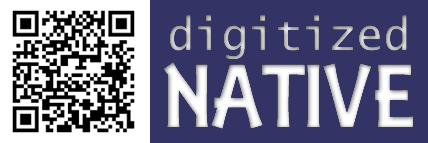Fernando Lacambra Ayala
Remote freelance web developer currently specializing in all things WordPress-related.
On-site portfolio to-follow. If you can’t wait, you can find out more on my Upwork profile.
For the most part I work during my local night-times (UTC+8 Philippines.) This has been mainly because the freelancing gigs I’ve been getting (for more than a decade now) are with clients and employers based in the USA.
Some Historical Context
Around the age of 15, I came across this article in 80-Micro, Byte or was it ComputerWorld (I forget which) that discussed the idea of flextime along with the then-radical concept of working from where ever one happened to be at the time.
The idea of being able to engage in regular employment while sitting in a tent by the beach so tickled me that it became my ‘hidden agenda’ for so many years and shaped my career to the point where I resigned from my corporate job and went full-time being a freelance web developer. Yea, stuff for another story which I’ll probably write about soon.
About this Site
I acquired this domain with the initial thought of setting up a dropshipping business focused on persons who styled themselves as a digital nomad but have since gone ‘native’, often in places that suited them well.
Sadly, after a year’s worth of free weekends, it has still not come to fruition for various reasons — a payment gateway for one, an aversion to talking about myself, and the ever-present need to do household chores. There’s always something interrupting my train of thought.
(I’d have thought that as one aged, the need to do chores would lessen.)
*Tough luck you old bastard*
…where was I?
Moving Forward
In the spirit of at least putting this domain and hosting to some use, I decided to just set up my online portfolio here. I’ll probably be adding an online repository for anything and everything that interests me or that I find useful.
If you’re seeing this on the homepage, it means the whole shebang is still under construction. Haha…
If you (eventually) find something here that you think is useful to you, then well and good!
If you think there’s some way I can help you out with something you’re working on, or if you’re tired of looking for what you need and are at a loss as to where to find it, feel free to drop me a line (or three) and tell me what you need.
Finally
Remember that the key to everything is simplicity, from life to code and everything else in-between.
Happy surfing!
— Pido
